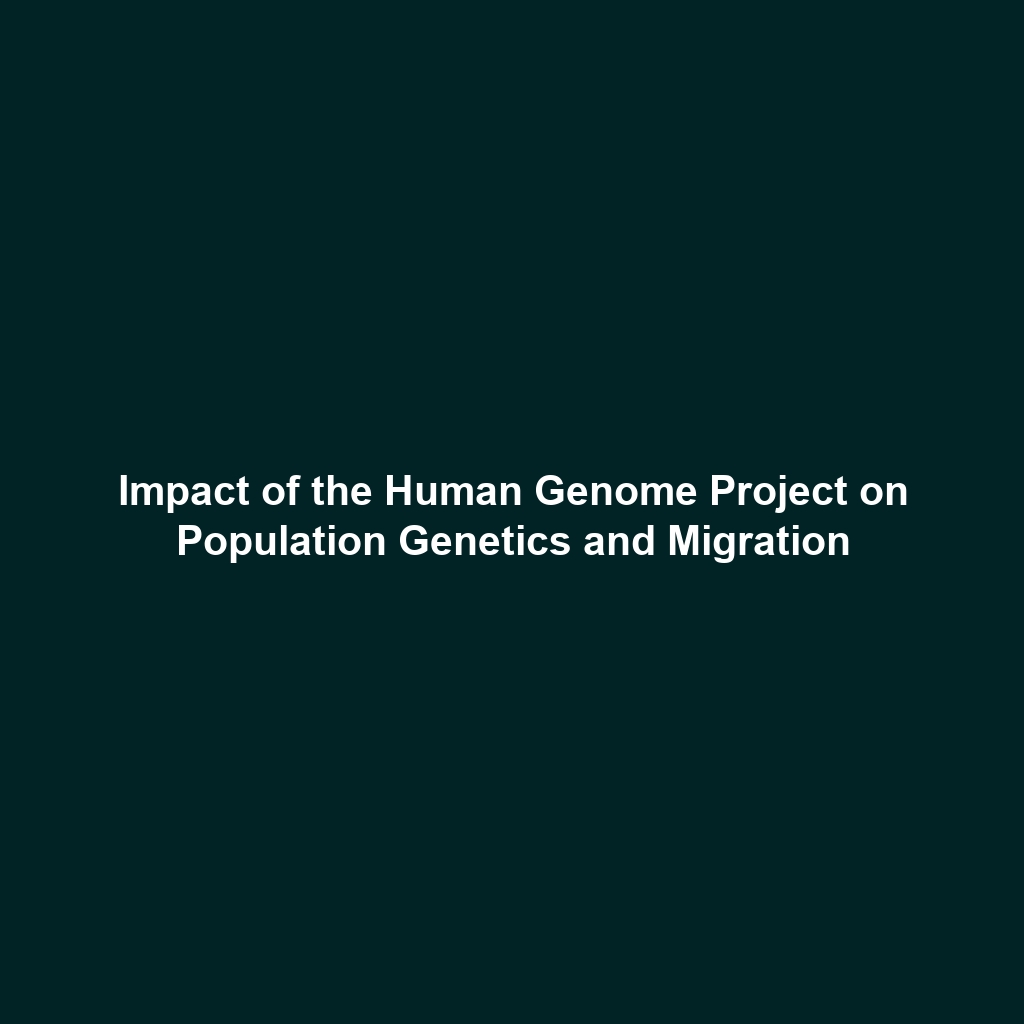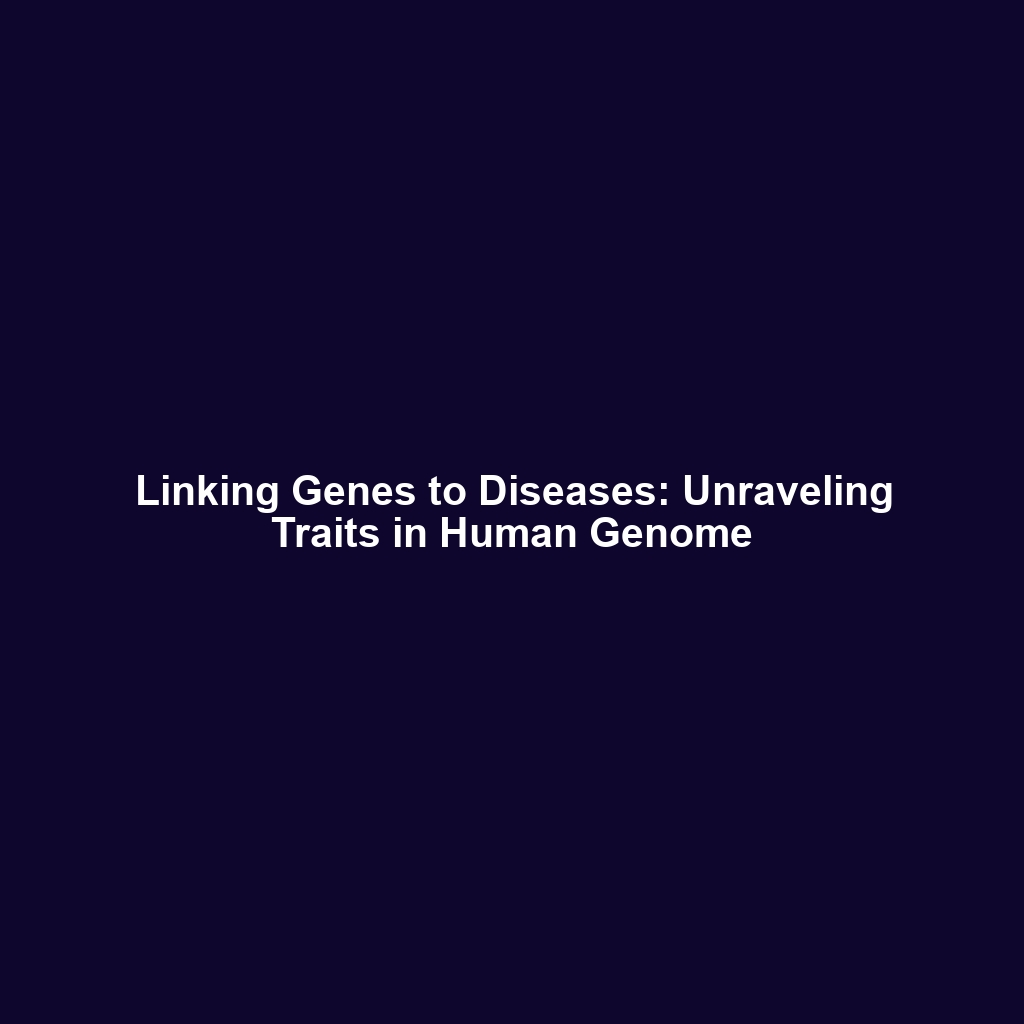<>
Number of Genes in the Human Genome
Introduction
The Human Genome Project (HGP) has revolutionized our understanding of genetics, marking a pivotal moment in biological research. At the heart of this groundbreaking initiative lies the number of genes in the human genome, a crucial statistic that provides insights into human biology, development, and health. Currently, estimates suggest that the human genome contains approximately 20,000 to 25,000 protein-coding genes, a number that anchors our grasp of genetic expression and regulation. This article delves into the significance of these genes, their applications, the challenges faced in genetic research, and future advancements stemming from the HGP.
Key Concepts
Understanding Gene Count
The number of genes in the human genome is essential for decoding biological functions and understanding various diseases. Some key concepts include:
- Gene Definition: A gene is the basic unit of heredity, consisting of DNA that encodes instructions for building proteins.
- Protein-Coding Genes: The human genome includes around 20,000 to 25,000 protein-coding genes, which play vital roles in bodily functions.
- Non-Coding Genes: In addition to protein-coding genes, there are thousands of non-coding genes that regulate gene expression.
Understanding how these genes fit into the Human Genome Project provides crucial insights into human health, evolution, and disease susceptibility.
Applications and Real-World Uses
The number of genes in the human genome has numerous practical applications, most notably:
- Personalized Medicine: Tailoring medical treatments based on an individual’s genetic makeup.
- Genetic Testing: Identifying genes associated with diseases for early intervention and prevention.
- Biotechnology: Leveraging genetic insights for advancements in agriculture and pharmaceuticals.
These applications demonstrate how understanding the human genome enhances various sectors, thus underlining the significance of the Human Genome Project.
Current Challenges
Despite its many advantages, studying the number of genes in the human genome is fraught with challenges:
- Complexity of Gene Regulation: How genes are regulated is still not fully understood.
- Interindividual Variability: Genetic diversity complicates the application of findings on a population-wide scale.
- Ethical Considerations: Issues arising from genetic privacy and discrimination.
Addressing these challenges of studying human genome is pivotal for advancing genetic research.
Future Research and Innovations
Looking forward, several innovations and research directions concerning the number of genes in the human genome are on the horizon:
- Next-Generation Sequencing: Improved technologies for faster and more accurate genome sequencing.
- Gene Editing Techniques: Advances in CRISPR and other methods to manipulate genes with precision.
- Integrative Genomics: Combining genetic data with other biomedical information for a holistic approach to health.
These breakthroughs promise to further unlock the mysteries of the Human Genome Project, enhancing our understanding of genetics and its myriad applications.
Conclusion
In summary, the number of genes in the human genome is a fundamental aspect of the Human Genome Project, providing vital insights into human biology and health. As we continue to explore the complexities of our genetic makeup, it is essential to consider both the applications and the challenges that lie ahead. For those interested in genetics, further exploration into related topics like personalized medicine or gene editing can enhance understanding and awareness.





